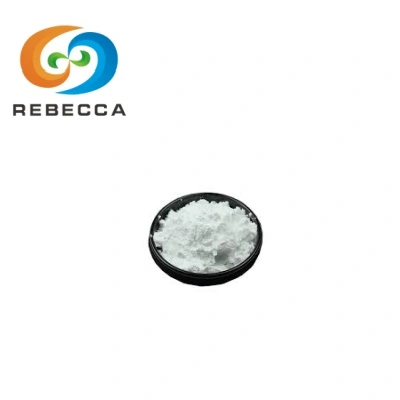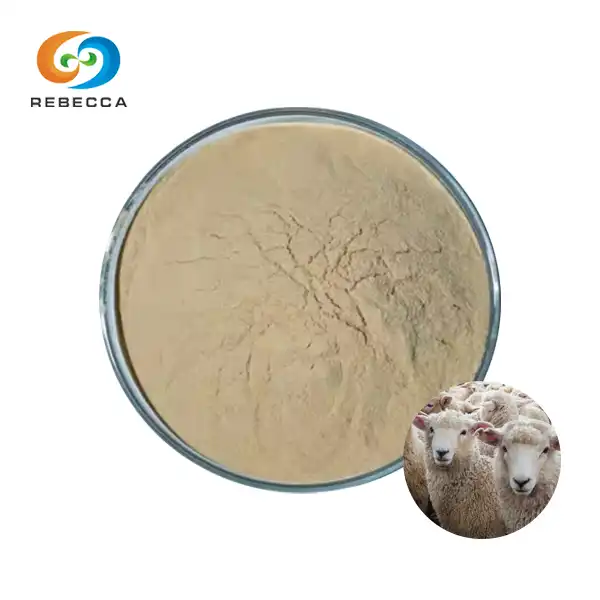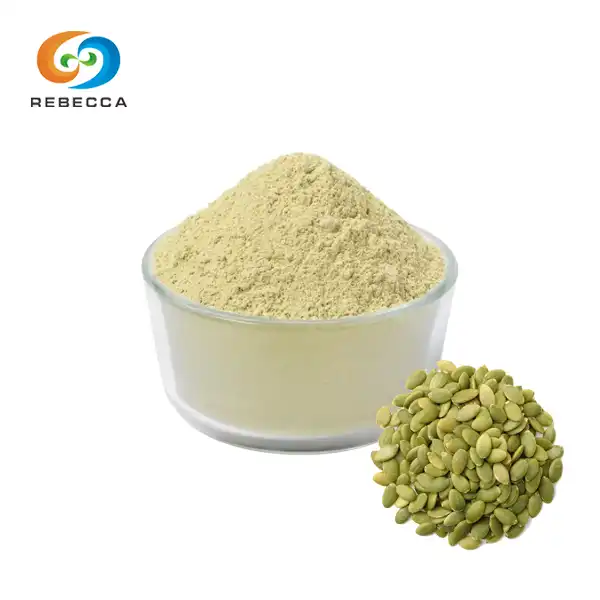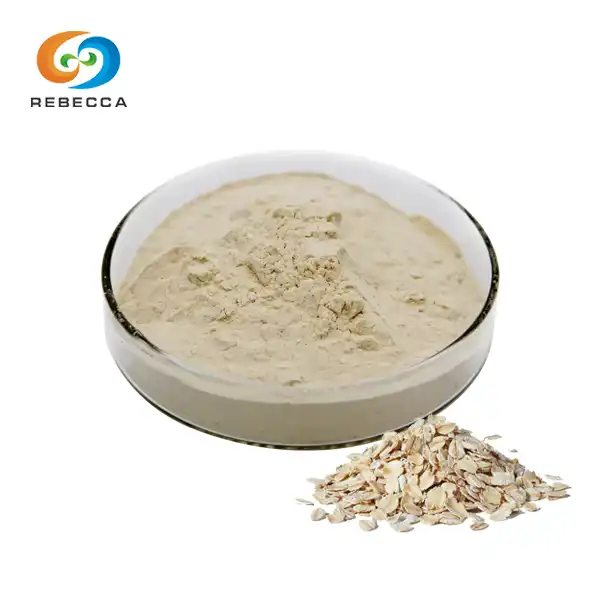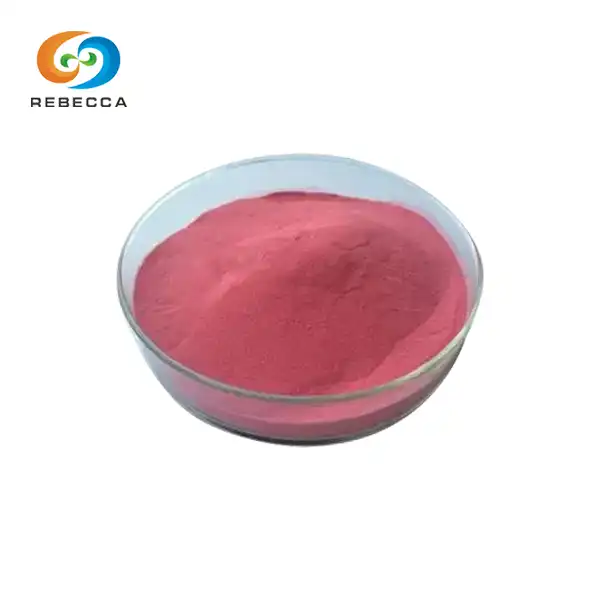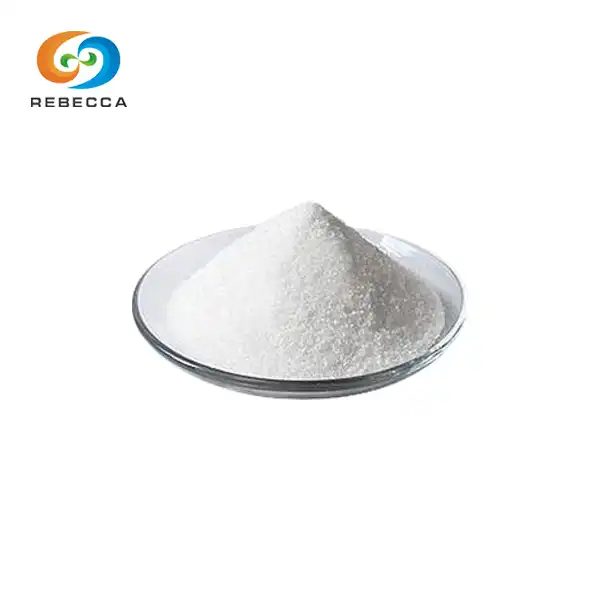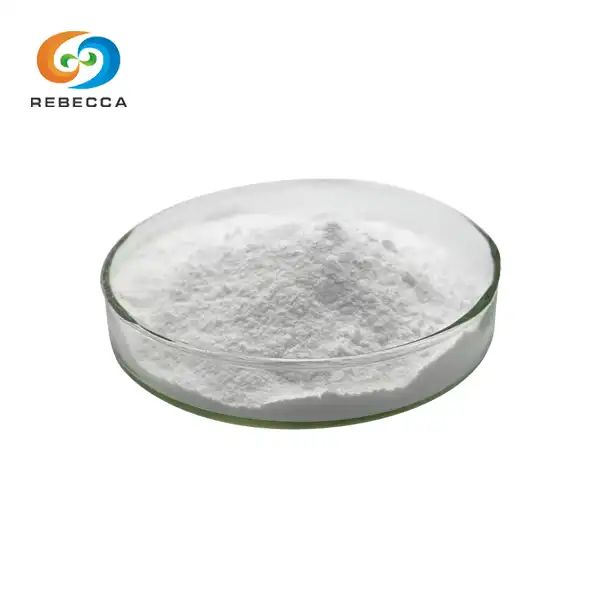Is vanillyl butyl ether safe for skin?
Due to its warming and calming properties, vanillyl butyl ether (VBE) has gained popularity in skincare and cosmetics. Naturally, there have been concerns about the safety of VBE as consumers become more aware of the ingredients in their personal care products. Using reliable sources and scientific research, the purpose of this comprehensive article is to investigate its safety profile for use on the skin.
VANILLYL BUTYLETHER 99%, also known as hydroxybutoxyphenyl propyl methyl ketone, is a synthetic substance that gives off the same warming sensation as natural vanillin. Due to its ability to increase the penetration of other active ingredients and produce a mild warming effect, it is frequently used in topical products. Understanding how different organizations and experts evaluate the safety of cosmetic ingredients is essential before delving into their safety profile.
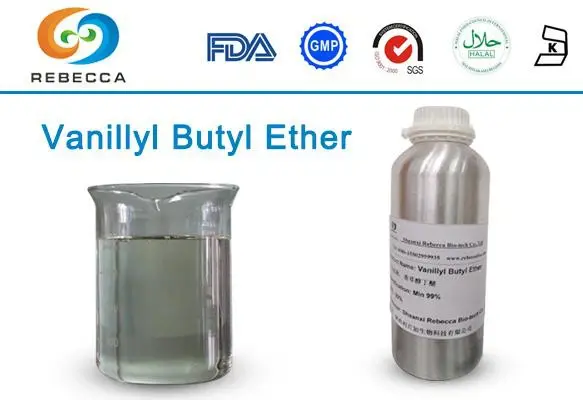
What Does the Environmental Working Group (EWG) Rating Indicate About VBE's Safety?
The Environmental Working Group (EWG) is a non-profit organization that looks at the safety of different ingredients that are used in cosmetics and other household goods. Customers can find information about potential health risks associated with cosmetic ingredients in their Skin Deep database. On their hazard scale, which ranges from 1 to 10, the EWG has given vanillyl butyl ether a score of 1, with 1 representing the lowest level of concern.
The EWG considers VBE to have a low potential for a number of health problems, including:
1. Carcinogenicity: The EWG found no substantial evidence that VBE contributes to the development of cancer.
2. Immunotoxicity and sensitivities: According to the data, VBE carries a low risk of adverse effects on the immune system or allergic reactions.
3. Toxicity to development and reproduction: There is no significant evidence that VBE affects reproductive health or developmental processes.
4. Restrictions on use: The EWG found no significant limitations on the use of VBE in cosmetics.

It is essential to keep in mind that, despite the fact that the EWG score provides valuable information, it ought to be taken into account in conjunction with various other scientific evaluations and expert opinions. The EWG's evaluation is based on data that is available and may be updated as new research is discovered.
How Does the Expert Panel of Fragrance Safety Assess VBE Based on RIFM Standards?
The Research Institute for Fragrance Materials (RIFM) is a scientific body that checks whether fragrance ingredients are safe. An independent Expert Panel for Fragrance Safety, comprised of dermatologists, toxicologists, and environmental scientists, reviews their findings. The safety of fragrance ingredients, such as Vanillyl Butyl Ether is crucially determined by this panel.
The Expert Panel's assessment and the RIFM standards indicate that VANILLYL BUTYLETHER 99% is safe for fragrance applications. A comprehensive review of the scientific data that is available supports this conclusion, which includes:
1. Analyses toxicologiques: Data on acute and chronic toxicity are examined by the panel to comprehend potential adverse effects.
2. Dermal ingestion: They look at how likely it is for the substance to get through the skin and into the bloodstream.
3. Potential for sensitization: Skin sensitization studies assist in determining whether the ingredient is likely to trigger allergic reactions.
4. Phototoxicity: For leave-on skin products, the panel checks to see if the ingredient becomes toxic when exposed to light.
5. Effect on the environment: Additionally, they consider the compound's potential environmental effects.

The Expert Panel's finding that vanillyl butyl ether can be used safely in fragrances provides a lot of confidence in its safety profile. Nevertheless, it is important to note that the focus of this evaluation is primarily on its application in fragrances, which may involve different concentrations and exposure patterns than other applications in skincare.
What is the Appropriate Level of VANILLYL BUTYLETHER 99% for Skin Use?
The efficacy and safety of vanillyl butyl ether must be balanced in order to determine the right concentration for skin use. Even though a number of regulatory bodies have found VBE to be safe, the concentration that is used in skincare products can have a big effect on both how effective it is and how likely it is to cause side effects.
There is no specific limit on how much vanillyl butyl ether can be used in skincare products, according to the Cosmetic Ingredient Review (CIR), an independent panel of experts that evaluates the safety of cosmetic ingredients. However, some general guidelines can be deduced from existing research and industry practices:
1. Common ranges of concentration: Vanillinol butyl ether is utilized in the majority of skincare formulations at concentrations ranging from 1% to 1%. The majority of users find that this range is generally regarded as effective for producing the desired warming sensation without causing irritation.
2. Types of products to consider: The right amount of VBE can vary from product to product. For instance:
- Products that stick: These typically use lower concentrations (0.1-0.5%) to reduce the likelihood of prolonged skin contact causing irritation.
- Products that rinse off: Products that are not intended to be used for prolonged periods of time may contain higher concentrations (up to 1%).
3. Sensitivity to individuals: Skin sensitivity varies from person to person. Even at low concentrations, some individuals may experience irritation, while others may tolerate higher concentrations without issue.
4. Combination with additional components: The right amount of Vanillyl Butyl Ether can be affected by other active ingredients in a formulation. For instance, lower concentrations of VBE may be preferable when used in conjunction with other ingredients that have the potential to be irritating or warming.
5. Supposed use: A factor is also the product's intended use. Higher concentrations may be used in targeted, intensive warming effects-focused products than in general skincare products.

While these guidelines provide a general framework, qualified formulators should determine the precise concentration used in a product and conduct the necessary safety tests. If a customer is concerned about skin sensitivity, they should always use the product as directed and conduct a patch test.
It is best to start with products with lower concentrations of VBE and gradually increase their use as tolerated for those with particularly sensitive skin or allergies. Stop using the product and see a dermatologist if any adverse reactions, such as excessive redness, irritation, or discomfort, occur.
Administrative bodies like the FDA in the US and the European Commission's Logical Advisory group on Shopper Security (SCCS) in the EU persistently survey wellbeing information on surface level fixings. Cosmetics must be safe for their intended use, but they haven't set any specific limits for VBE. Makers are supposed to guarantee their items satisfy these wellbeing guidelines.
In conclusion, while vanillyl butyl ether is generally considered safe for skin use, the appropriate level can vary based on multiple factors. A concentration range of 0.1% to 1% is typical in skincare formulations, with the specific amount determined by the product type, intended use, and overall formulation. As with any skincare ingredient, individual responses may vary, and consumers should be mindful of their skin's reaction when using products containing VBE.
Rebecca
This ingredient is offered by Rebecca Bio-Tech, a professional manufacturer of Vanillyl Butyl Ether in China, with a purity specification of 99 percent. Consumers must comprehend the context of this particular detail, even though this information is important for formulators and professionals in the industry.
Rebecca Bio-Tech's commitment to quality in the production of VANILLYL BUTYLETHER 99% can be seen in its high purity level (99%). This is essential for a number of reasons:
1. Formulation coherence: Formulators of skincare and cosmetics rely on higher purity levels to produce products that have predictable and consistent effects.
2. Reduced contamination risk: A purity level of 99 percent indicates that there is a very low probability of the presence of undesirable substances, which could potentially result in adverse reactions.
3. Efficacy: Formulators are able to use smaller amounts of an ingredient to achieve the desired effect because purer forms are frequently more potent.
4. Safety: High-purity ingredients typically go through more stringent purification procedures to help get rid of potential impurities that could irritate the skin or have other negative effects.

However, it is essential to keep in mind that the safety and appropriateness of vanillyl butyl ether in skincare products are dependent not only on the purity of the raw ingredient but also on the manner in which it is incorporated into the finished product. The concentration, combination with other ingredients, and overall formulation of the product all play significant roles in determining the product's safety and effectiveness.
Although it is comforting for customers to know that skincare products can use high-purity vanillyl butyl ether, this information alone does not guarantee a product's safety or effectiveness. When choosing skincare products, it's always important to look at the brand's reputation, the list of ingredients, and any relevant certifications or safety tests.
Contact Rebecca Bio-Tech at information@sxrebecca.com if you're a skincare formulator or a company interested in using VANILLYL BUTYLETHER 99% in your products. However, as a consumer, it is more important to focus on the finished product's overall formulation, concentration levels, and safety assessments than on the specifications of individual raw ingredients.
When used appropriately, Vanillyl Butyl Ether appears to have a favorable safety profile for skin use. The availability of high-purity forms of the ingredient, the RIFM Expert Panel's safety assessment, and the EWG's low hazard score all contribute to this optimistic outlook. However, just like with any ingredient in skincare, individual reactions can vary, so it's always a good idea to patch-test new products and see a dermatologist if you have particular skin issues.
References
1. Environmental Working Group. (n.d.). Vanillyl butyl ether. EWG's Skin Deep®.
2. Research Institute for Fragrance Materials. (n.d.). RIFM Safety Assessment.
3. Cosmetic Ingredient Review. (n.d.). Safety Assessment of Vanillyl Alcohol and Vanillyl Alcohol Derivatives as Used in Cosmetics.
4. European Commission. (n.d.). Cosmetic Ingredient Database.
5. U.S. Food and Drug Administration. (n.d.). FDA Authority Over Cosmetics: How Cosmetics Are Not FDA-Approved, but Are FDA-Regulated.
6. Belsito, D., Bickers, D., Bruze, M., Calow, P., Greim, H., Hanifin, J. M., ... & Tagami, H. (2012). A toxicologic and dermatologic assessment of cyclic and non-cyclic terpene alcohols when used as fragrance ingredients. Food and Chemical Toxicology, 50, S257-S279.
